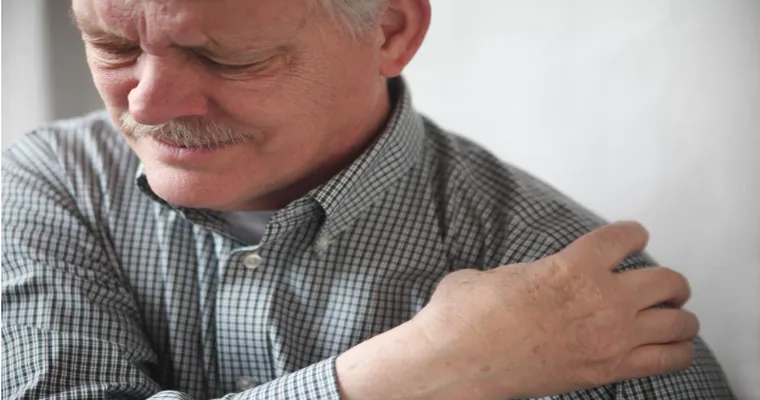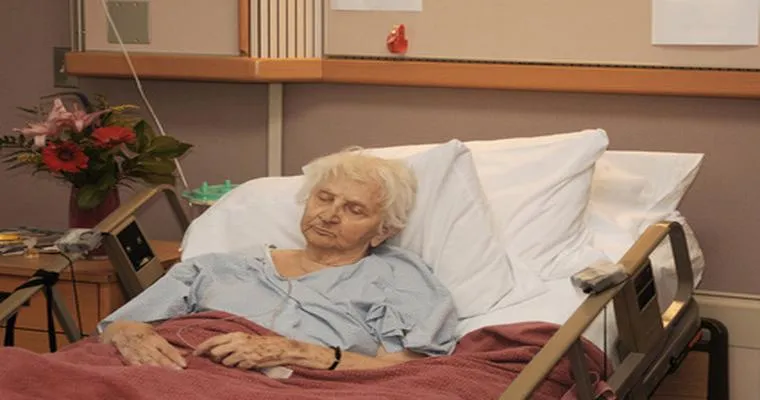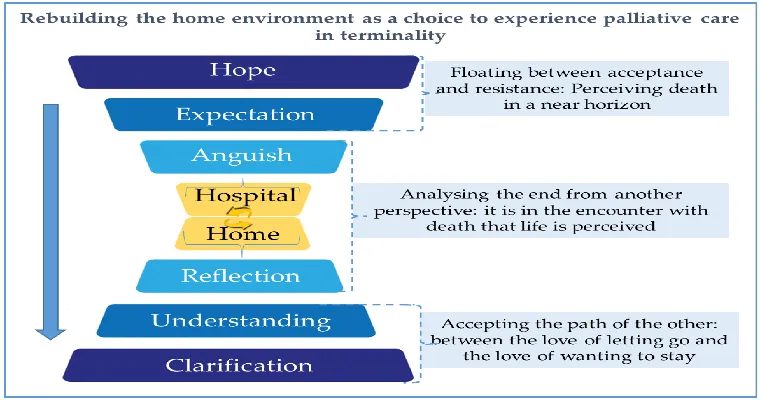Chronic pain in the elderly is a common yet often overlooked issue that can significantly impact quality of life. Many older adults struggle with conditions such as arthritis, neuropathy, and other age-related ailments that contribute to persistent discomfort. Understanding how to manage and alleviate this pain is crucial for improving overall well-being. This article aims to explore effective strategies for "managing chronic pain", the benefits of "physical therapy", and the importance of "mental health" support.
Understanding Chronic Pain
Chronic pain is defined as pain that lasts longer than three months and can arise from various underlying conditions. For the elderly, factors such as decreased mobility, previous injuries, and degenerative diseases can exacerbate pain levels. It is important for caregivers and family members to recognize that chronic pain is not simply a part of aging; it is a medical condition that requires attention and treatment.
Importance of Medical Evaluation
Before embarking on any pain management journey, a thorough medical evaluation is essential. Consulting with healthcare professionals can help identify the root causes of pain and establish a tailored treatment plan. This may include medication, lifestyle changes, or referrals to specialists such as pain management clinics or rheumatologists.
Pain Management Strategies
1. "Medication": Over-the-counter pain relievers, such as acetaminophen or nonsteroidal anti-inflammatory drugs (NSAIDs), can be effective for mild to moderate pain. However, it is crucial to consult a doctor before starting any medication regimen, especially for older adults, as they may have other health concerns or be on multiple medications.
2. "Physical Therapy": Engaging in "physical therapy" can significantly improve mobility and reduce pain. A licensed physical therapist can create a customized exercise plan that focuses on strengthening muscles, enhancing flexibility, and improving balance, all of which are vital for managing chronic pain.
3. "Alternative Therapies": Many elderly individuals find relief through alternative therapies such as acupuncture, massage therapy, or chiropractic care. These therapies can help alleviate pain and promote relaxation, making them a valuable addition to a comprehensive pain management plan.
4. "Lifestyle Changes": Adopting a healthy lifestyle can play a pivotal role in managing chronic pain. Regular physical activity, a balanced diet rich in anti-inflammatory foods, and adequate hydration are essential. Additionally, maintaining a healthy weight can reduce strain on joints, particularly for those suffering from arthritis.
5. "Mindfulness and Relaxation Techniques": Chronic pain often takes a toll on mental health. Techniques such as meditation, deep breathing exercises, and yoga can help reduce stress and improve emotional well-being. Mindfulness practices enable individuals to focus on the present moment, which can help in coping with pain more effectively.
The Role of Support Systems
Support from family, friends, and caregivers is invaluable for older adults dealing with chronic pain. Emotional support can help alleviate feelings of isolation and depression, which are common in individuals suffering from persistent discomfort. Encouraging open communication about pain levels and treatment options can foster a collaborative approach to pain management.
Conclusion
Beating chronic pain in the elderly is a multifaceted challenge that requires a comprehensive approach involving medical evaluation, physical therapy, lifestyle changes, and emotional support. By understanding the complexities of chronic pain and implementing effective strategies, older adults can significantly improve their quality of life. It is essential to remember that while chronic pain may be a common issue among the elderly, it is not insurmountable. With the right care and support, living a fulfilling and active life is entirely achievable.





